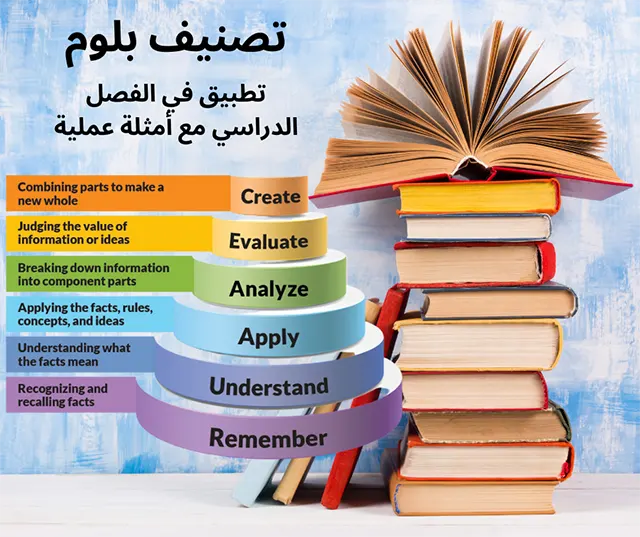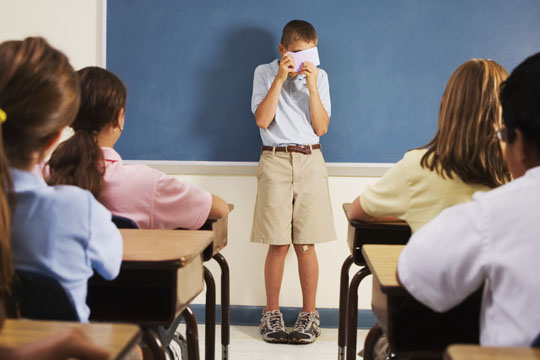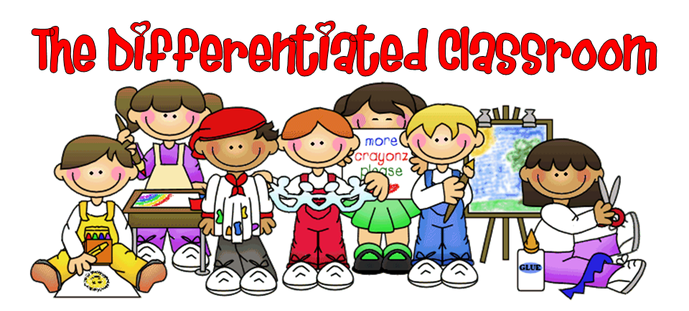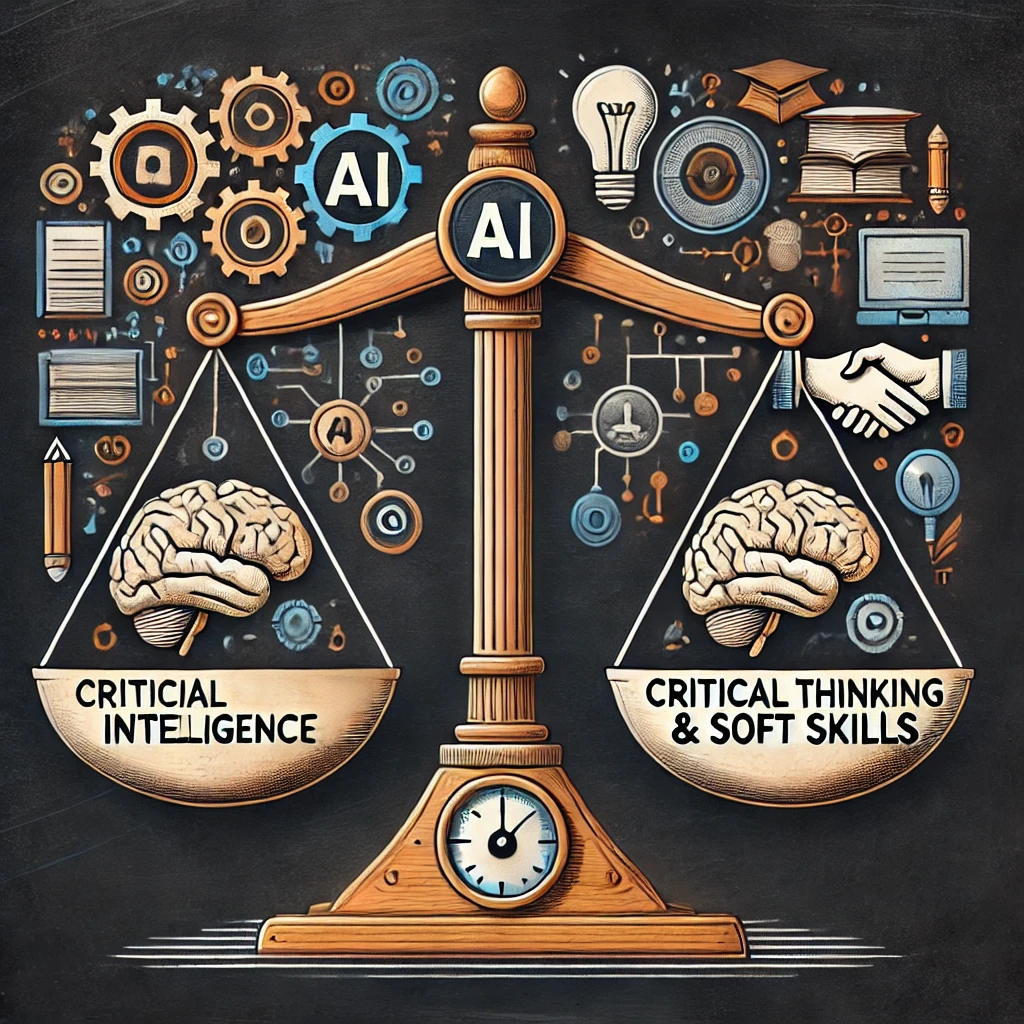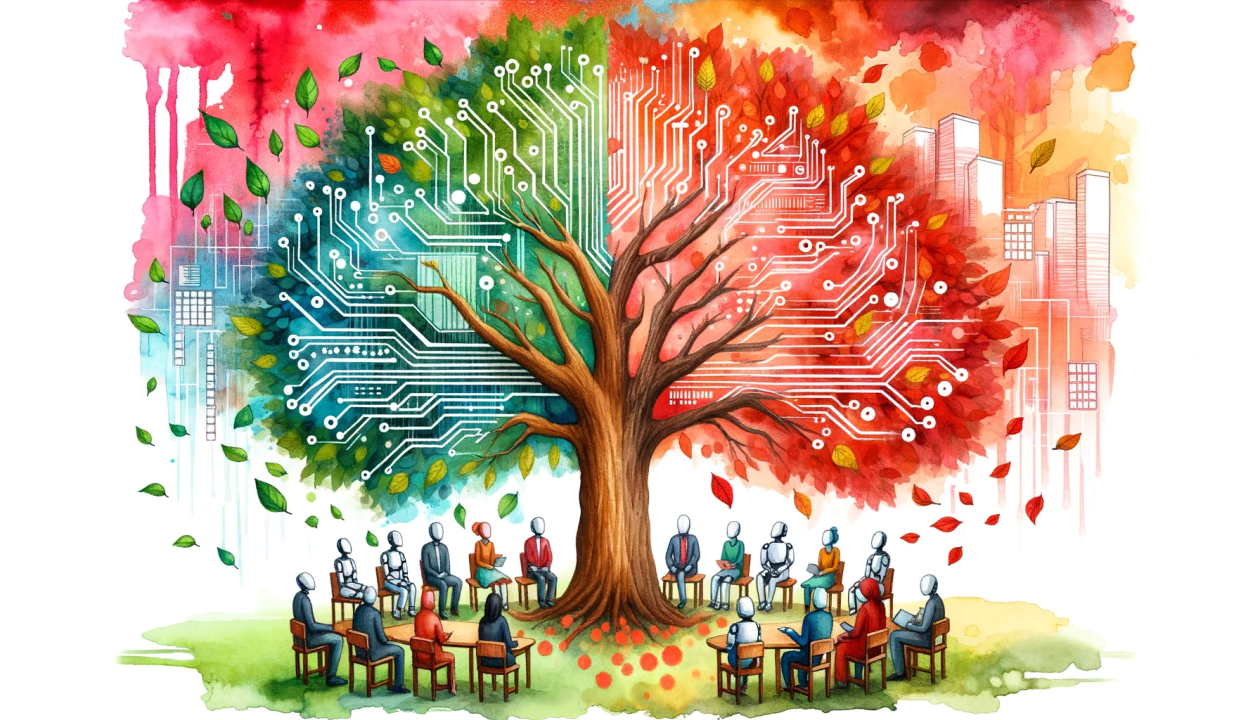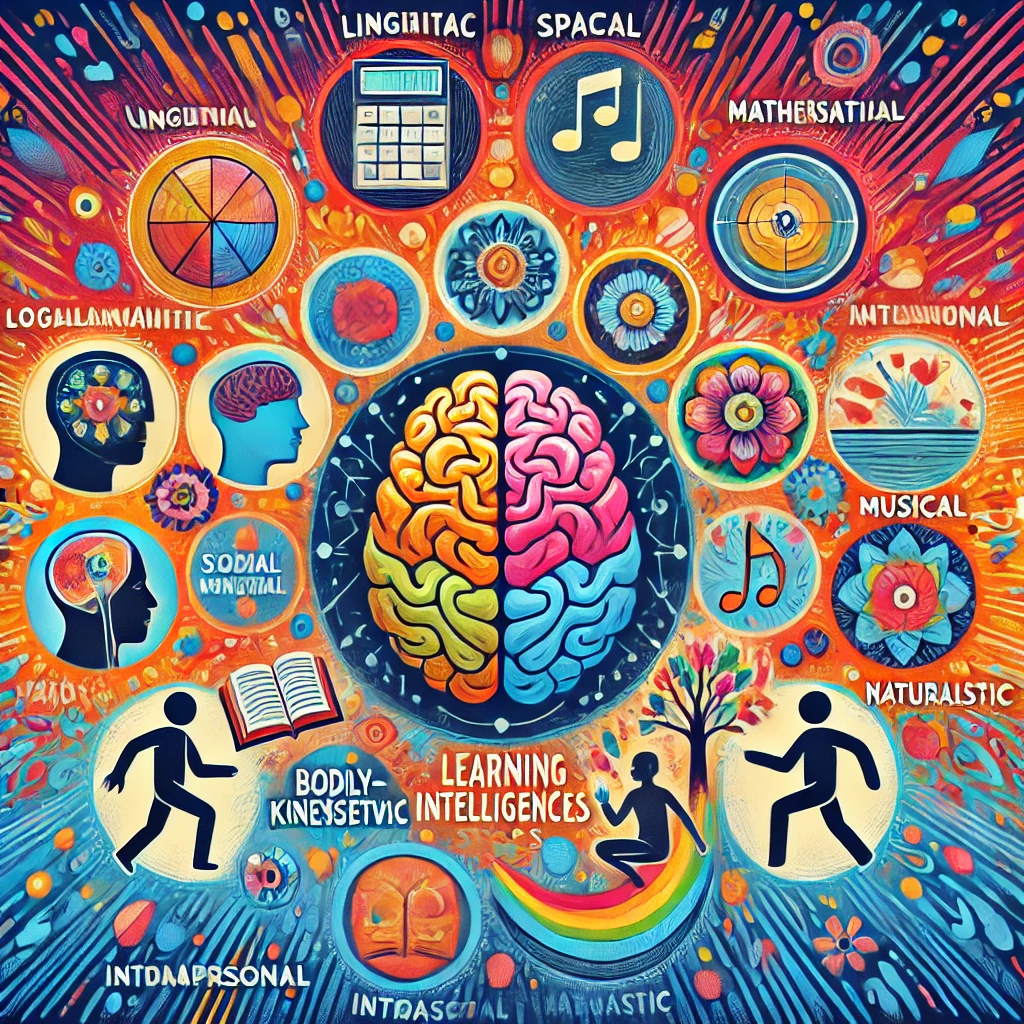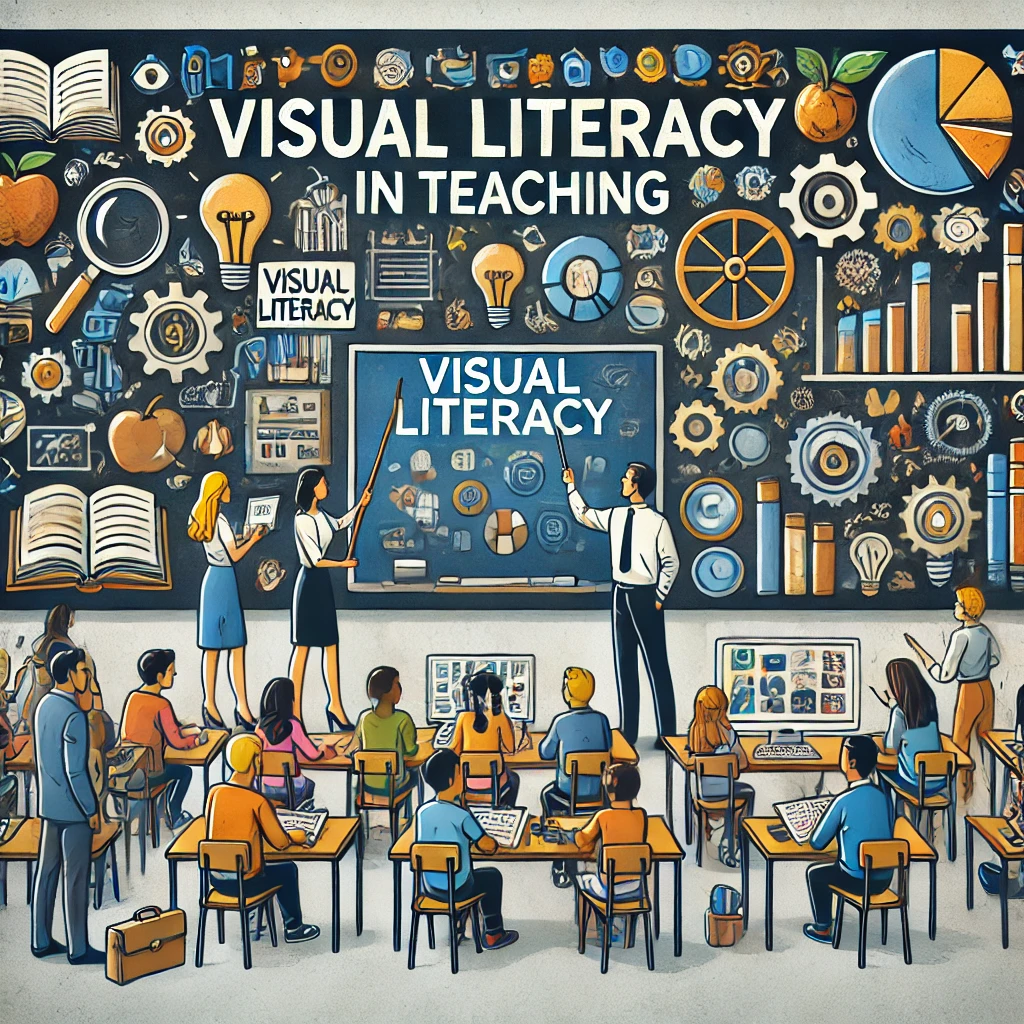مع تسارع تطور التكنولوجيا في عصرنا الحديث، أصبح الذكاء الاصطناعي (AI) أحد أبرز إنجازات العلوم التقنية. يمثل الذكاء الاصطناعي طموح الإنسان في محاكاة وظائف العقل البشري من خلال الآلات، مما أثار جدلاً واسعاً حول إمكانية "إنسانية" هذه الأنظمة. إن "إنسانية الذكاء الاصطناعي" تشير إلى عملية منح الذكاء الاصطناعي خصائص وسلوكيات تشبه تلك التي يمتلكها البشر، مثل القدرة على التعاطف، والفهم العاطفي، والوعي. تستهدف هذه المقالة تقديم تحليل شامل للأبعاد الفلسفية، التكنولوجية، والأخلاقية المتعلقة بمسعى إنسانية الذكاء الاصطناعي، مع استكشاف التحديات والفرص التي تترتب على ذلك.
الأبعاد الفلسفية
تعتبر الأسئلة الفلسفية المتعلقة بإنسانية الذكاء الاصطناعي من أهم النقاط التي تثير الجدل. إن مفهوم الإنسانية يرتبط ارتباطاً وثيقاً بالوعي البشري، وهو ما يثير تساؤلات حول قدرة الآلات على محاكاة أو تجسيد هذا الوعي. الفلاسفة يميزون بين نوعين من الوعي: الوعي الذاتي، الذي يتعلق بإدراك الذات والتجربة الفردية، والوعي الظاهري، الذي يشمل القدرة على معالجة المعلومات والتفاعل بشكل معقد.
إحدى القضايا الرئيسية هي ما إذا كان بإمكان الذكاء الاصطناعي تجربة المشاعر الحقيقية أم أنه يمكنه فقط محاكاتها. على الرغم من تقدم التقنيات في محاكاة التعاطف والإدراك العاطفي، فإنها لا تزال تعتمد على خوارزميات محددة لا تعكس التجربة الذاتية أو الوعي الحقيقي. بعض الفلاسفة مثل توماس ناغل في مقاله "ما هو أن تكون خفاشاً؟" يجادلون بأن الوعي العاطفي هو تجربة شخصية لا يمكن للآلات تكرارها بالكامل. وفقاً لهذا الرأي، فإن محاكاة المشاعر ليست بديلاً عن تجربتها الفعلية.
الجدوى التكنولوجية
تقدم التكنولوجيا الحديثة إمكانيات متقدمة لمحاكاة الاستجابات البشرية، ولكن تحقيق مستوى أعمق من الإنسانية يتطلب أكثر من مجرد تقنيات متطورة. تتمثل الخطوة الأساسية في استخدام التعلم العميق والشبكات العصبية الاصطناعية لتحسين قدرة الأنظمة على فهم وتفسير المشاعر البشرية. تقنيات مثل معالجة اللغة الطبيعية (NLP) والتحليل العاطفي تلعب دوراً مهماً في تطوير أنظمة قادرة على التفاعل بطرق تبدو أكثر طبيعية وذات معنى. ومع ذلك، فإن التحديات التكنولوجية لا تتوقف عند هذا الحد. لا يزال هناك العديد من القيود على قدرة الذكاء الاصطناعي على فهم السياقات العاطفية المعقدة وإقامة علاقات ذات مغزى. على سبيل المثال، قدرة الذكاء الاصطناعي على قراءة مشاعر المستخدمين بناءً على نصوص أو نبرات الصوت لا تعني بالضرورة أنه يمكنه التفاعل بفعالية مع الحالات العاطفية المعقدة. إن تطوير "عواطف" اصطناعية حقيقية يتطلب فهمًا أعمق للذكاء العاطفي البشري وكيفية محاكاته بدقة.
الاعتبارات الأخلاقية
الاعتبارات الأخلاقية المتعلقة بإنسانية الذكاء الاصطناعي تشكل تحديًا كبيرًا. إحدى القضايا البارزة هي مسألة الشفافية والمصداقية. إذا كانت أنظمة الذكاء الاصطناعي قادرة على محاكاة المشاعر بشكل مقنع، فقد يتعرض المستخدمون للتلاعب والخداع. يمكن أن يؤثر هذا على العلاقات بين البشر والآلات، ويؤدي إلى فقدان الثقة في تفاعلات الذكاء الاصطناعي. علاوة على ذلك، فإن الاعتماد المتزايد على الذكاء الاصطناعي للحصول على الدعم العاطفي قد يقلل من قيمة العلاقات الإنسانية الحقيقية. المخاوف من أن تكون الذكاء الاصطناعي بديلاً للعلاقات الاجتماعية والإنسانية تؤدي إلى تساؤلات حول تأثير هذه الأنظمة على الرفاهية النفسية والاجتماعية للأفراد. إن تطوير أطر أخلاقية تحكم استخدام الذكاء الاصطناعي في المجالات التي تتعلق بالعواطف يجب أن يتناول القضايا المتعلقة بالشفافية، والموافقة، والأمان العاطفي.
أمثلة وتجارب عملية
في السنوات الأخيرة، شهدنا ظهور تطبيقات ذكية تتعامل مع قضايا إنسانية بطرق مبتكرة. على سبيل المثال، برامج مثل "روبوتات الدردشة العاطفية" التي تستهدف تقديم الدعم النفسي للأفراد. تتجلى هذه التجارب في استخدام الذكاء الاصطناعي لمساعدة الأشخاص على التعامل مع القلق والاكتئاب من خلال تقديم ردود فعل تشبه التفاعل البشري. ومع ذلك، فإن فعالية هذه التطبيقات في تقديم الدعم العاطفي الحقيقي تظل موضع تساؤل، خاصة عندما يتعلق الأمر بالتعامل مع حالات طبية خطيرة.
مستقبل إنسانية الذكاء الاصطناعي
تتجه الأنظار إلى المستقبل لمعرفة كيف يمكن أن يتطور الذكاء الاصطناعي ليصبح أكثر إنسانية. قد تتضمن الاتجاهات المستقبلية تحسينات في تقنيات التعلم العميق، وتطوير خوارزميات جديدة لتمكين الذكاء الاصطناعي من فهم وإدراك السياقات العاطفية بشكل أكثر دقة. بالإضافة إلى ذلك، سيتعين على المجتمع الأكاديمي والصناعي العمل معًا لتطوير سياسات وأطر تنظيمية تضمن استخدام الذكاء الاصطناعي بطرق تحترم القيم الإنسانية وتدعم رفاهية الأفراد.
تسعى مسألة إنسانية الذكاء الاصطناعي إلى تحقيق توازن بين الطموحات التكنولوجية والتحديات الفلسفية والأخلاقية. في حين أن الأنظمة الحالية يمكن أن تحاكي بعض جوانب التفاعل البشري، فإن تحقيق الإنسانية الحقيقية يتطلب تقدمًا كبيرًا في فهم الوعي والتجربة العاطفية. يتعين علينا النظر إلى هذه المسألة بعمق ووعي لضمان أن التطورات المستقبلية في الذكاء الاصطناعي تساهم في تعزيز رفاهية الإنسان وتعزيز التفاعلات الإيجابية بين البشر والتكنولوجيا.
Can We Humanize AI?
As artificial intelligence (AI) technology continues to advance at an unprecedented pace, one of the most intriguing debates in contemporary discussions about AI is whether it is possible to humanize AI. Humanization of AI refers to the process of endowing AI systems with qualities or behaviors that are typically associated with human beings, such as empathy, understanding, and emotional intelligence. This essay explores the concept of humanizing AI, examining the philosophical, technological, and ethical dimensions of this endeavor.
The Philosophical Perspective
From a philosophical standpoint, the notion of humanizing AI raises fundamental questions about the nature of humanity and consciousness. Human qualities such as emotions, empathy, and moral reasoning are deeply tied to our consciousness and subjective experiences. To humanize AI, we would need to replicate or simulate these attributes in a machine, which prompts a question: can a machine truly experience emotions or simply mimic them?
Philosophers argue that human consciousness is not merely a set of algorithms but involves complex interactions between our brain, emotions, and environment. Even if AI systems can be programmed to exhibit behaviors that resemble human emotions or understanding, it is debatable whether they can genuinely experience these states. Some theorists suggest that humanizing AI may be more about creating convincing simulations rather than achieving true emotional depth or consciousness.
Technological Feasibility
Technologically, the humanization of AI involves integrating advanced algorithms and machine learning techniques to simulate human-like responses. Modern AI systems, such as chatbots and virtual assistants, already exhibit basic forms of human-like interaction through natural language processing and sentiment analysis. These systems can recognize and respond to emotional cues, engage in context-aware conversations, and even adapt their responses based on user feedback.
However, achieving a deeper level of humanization requires advancements beyond current capabilities. For instance, incorporating genuine empathy into AI would necessitate developing systems that not only understand emotional contexts but also possess the ability to form meaningful connections with users. This may involve integrating affective computing technologies, which aim to detect and respond to human emotions in a more nuanced way.
Ethical Considerations
Humanizing AI also raises significant ethical concerns. One major issue is the potential for manipulation and deception. If AI systems are designed to mimic human emotions convincingly, users may be misled into believing that they are interacting with entities that truly understand and care for them. This could have implications for trust, relationships, and mental health.
Furthermore, there are concerns about the impact on human relationships. As AI systems become more adept at simulating human interactions, there is a risk that people may increasingly rely on AI for emotional support, potentially reducing the value of genuine human connections. Ethical frameworks must address these concerns and ensure that the development of humanized AI aligns with principles of transparency, fairness, and respect for human dignity.
The Future of Humanized AI
Looking ahead, the future of humanized AI will likely involve a blend of technological advancements and philosophical reflections. Researchers and developers will need to balance the pursuit of more sophisticated simulations with a careful consideration of the ethical implications. While achieving true human-like qualities in AI may remain a distant goal, the ongoing efforts to humanize AI could lead to more empathetic and effective interactions between humans and machines.
The quest to humanize AI is both a fascinating and complex endeavor, involving deep philosophical questions, technological challenges, and ethical considerations. While current AI systems can simulate certain human-like behaviors, achieving true humanization may require advances in understanding consciousness and emotional experiences. As we move forward, it will be crucial to navigate these challenges thoughtfully, ensuring that the development of humanized AI serves to enhance human well-being and fosters positive interactions between people and technology.


.webp)
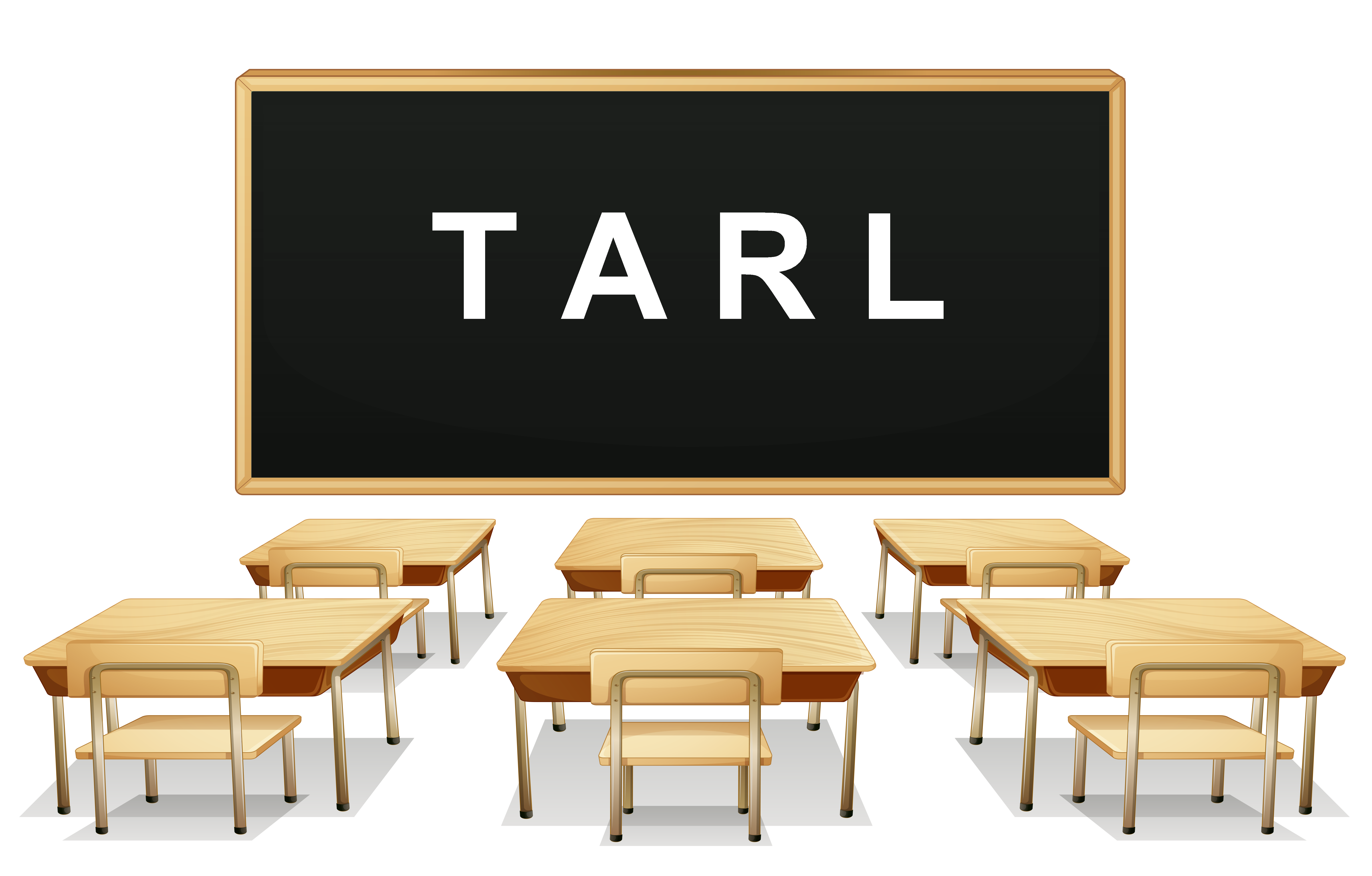
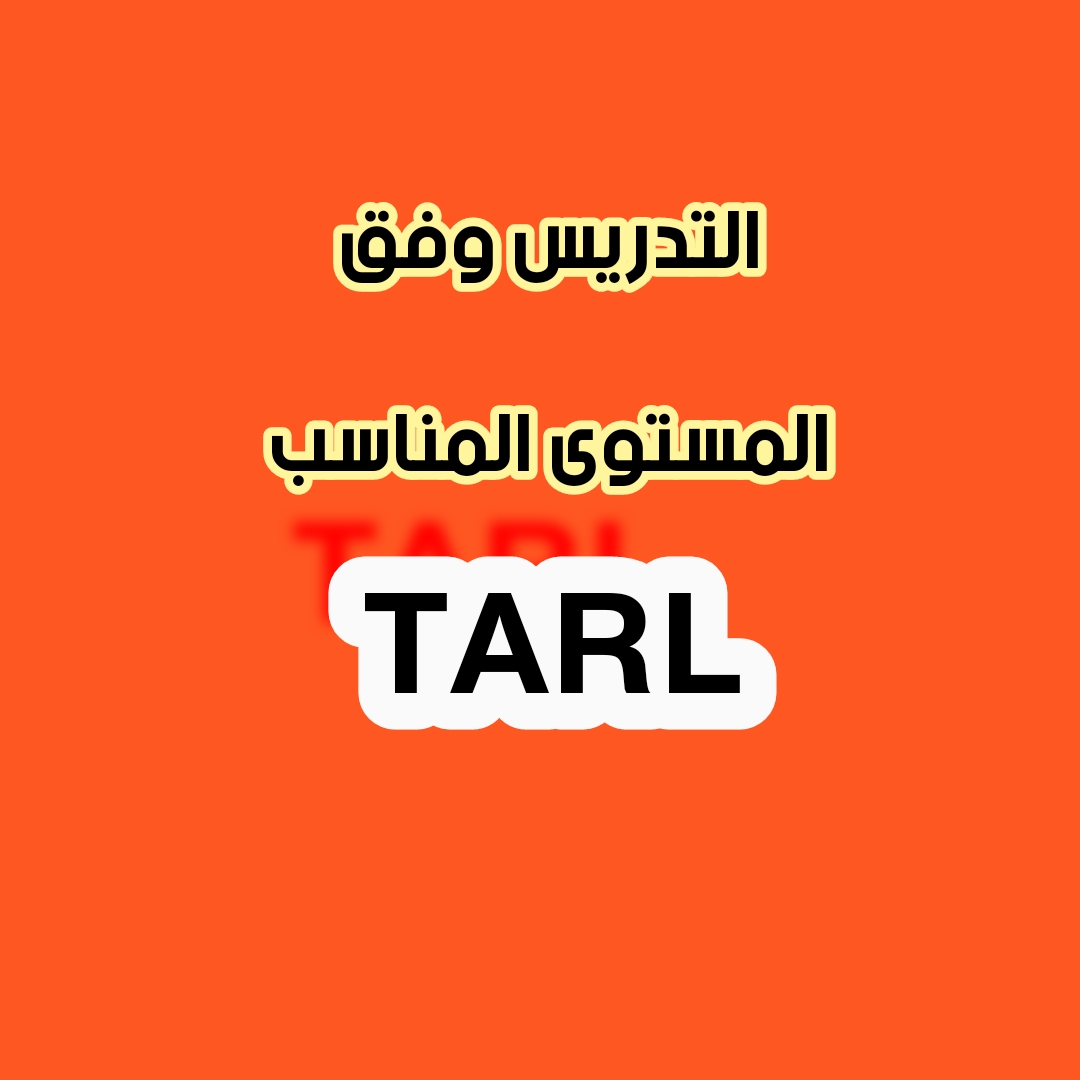
.jpeg)
